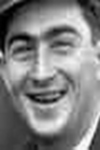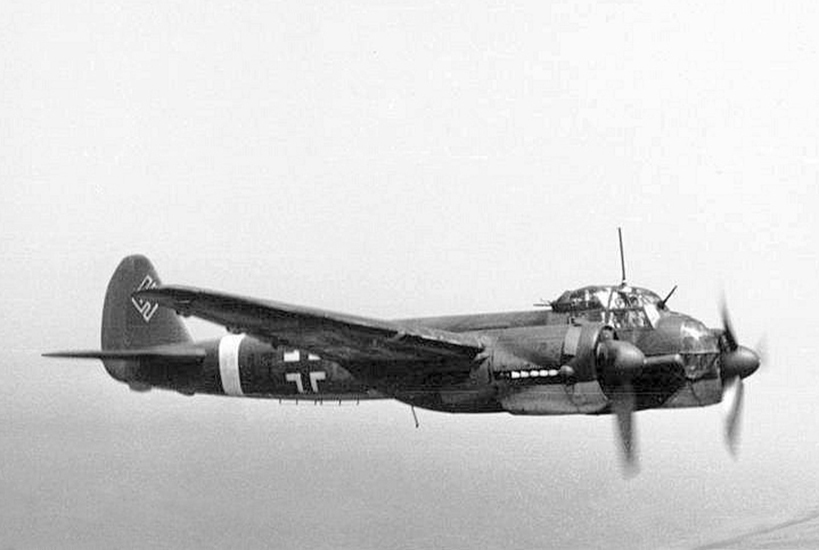Brennan, Virgil Paul
- Date of birth:
- March 6th, 1920 (Warwick/Queensland, Australia)
- Date of death:
- June 13th, 1943 (Garbutt/Queensland, Australia)
- Service number:
- 404692
- Nationality:
- Australian
Biography
Virgil Paul Brennan was born in Warwick, Queensland, on 6 March 1920. After leaving school, Brennan studied part time at the University of Queensland, while simultaneously worked as a law clerk at Brisbane.
On 8 November 1940, Brennan enlisted en was accepted in the Royal Australian Air Force. He trained in Australia and later embarked for Canada, where he completed his flight training before being posted to Great Britain in August 1941. There he was appointed to an Operational Training Unit. After his graduation he was assigned to No. 64 Squadron Royal Air Force (RAF) an from ther posted in the Mediterranean Theatre. On arrival there, Brennan was posted to No. 249 Squadron RAF. On 7 March 1942, Brennan was one of fifteen pilots sent to the island of Malta. Flying Supermarine Spitfires, the party took off from the aircraft carrier HMS Eagle; they were to spend the next few months in the defence of the island. On 17 March, Brennan claimed his first aerial victory when he shot down a Messerschmitt 109.
On 20 April 1942, Brennan added a further two aircraft to his tally when he destroyed a Messerschmitt 109, before bringing down a Junkers 88 later that day.
Brennan scored further aerial victories on 10 May. The following day, German Luftwaffe General Albert Kesselring ordered a contingent of 20 Stukas and 10 Junkers Ju 88s with a small escort of fighter aircraft to bomb Grand Harbour, Malta. A formation of 50 Royal Air Force aircraft—37 Spitfires and 13 Hawker Hurricanes—were dispatched to intercept the group; Brennan included. Attacking one of the Stukas, Brennan later recorded that the aircraft "disintegrated, with huge chunks flying off in every direction". During the battle, a total of 14 German aircraft were shot down, for the loss of 2 Spitfires. In an engagement the next day, Brennan was wounded in his left arm.
By July 1942, Brennan had flown a total of twenty-two operational sorties and was credited with destroying 10 Axis aircraft over Malta, with one probably destroyed and a further 6 damaged.
Embarking from Malta during July 1942, Brennan returned to the United Kingdom and was posted to No. 52 Operational Training Unit as an instructor. During this period, Brennan and fellow No. 249 Squadron pilot, Pilot Officer Ray Hesselyn, collaborated with journalist Henry Bateson on writing Spitfires over Malta, a novel relating the experiences of Brennan and Hesselyn during their time on Malta. On 17 April 1943, Brennan was repatriated from the United Kingdom and returned to Australia.
Arriving back in Australia, Brennan was posted to the newly raised No. 79 Squadron, based at Laverton, Victoria, on 1 May 1943. Later that month, the squadron was ordered to deploy to Goodenough Island, near New Guinea.
On 13 June 1943, the pilots of No. 79 Squadron continued on their journey north, arriving at Garbutt airfield in Queensland. At approximately 14:00, Brennan landed his Spitfire in the wake turbulence of the aircraft ahead of himself and touched down on the left side of the runway. Brennan was informed that he was cutting in on the path of the Spitfire following him, which was to land on the right side of the runway. Brennan landed his aircraft short, and at the conclusion of his landing run turned across the path of the second Spitfire. In the ensuing collision, Brennan sustained severe injuries and was rushed to hospital; he died before arrival. Described as one with "an easy-going nature, an engaging sense of humour and ... loyal to his friends" Brennan was buried in Townsville War Cemetery, Queensland.
Promotions:
Januari 4,1942: Flight Sergeant.
April, 1942: commisioned as Pilot Officer.
July, 1942: Acting Flight Lieutenant.
Do you have more information about this person? Inform us!
- Period:
- Second World War (1939-1945)
- Rank:
- Sergeant
- Unit:
- No. 249 (Gold Coast) Squadron, Royal Air Force
- Awarded on:
- May 22nd, 1942
"This airman is a most determined and courageous pilot. An exceptional shot, he always presses home his attacks with vigour. In 2 combats, he has destroyed at least 4 enemy aircraft and damaged others."
- Period:
- Second World War (1939-1945)
- Rank:
- Pilot Officer
- Unit:
- No. 249 (Gold Coast) Squadron, Royal Air Force
- Awarded on:
- October 6th, 1942
"A fine pilot and a keen fighter, this officer has destroyed at least ten enemy aircraft.
One day in May, 1942, in spite of odds, he destroyed a Ju.87 and damaged another. The next day he led his section in an attack on twelve enemy fighters and shot down one and damaged another of the fighters."
Sources
- Photo 1: Aces of World War II
- - WW2 Nominal Roll
VeteranID=1041455 - Fourth Supplement tot The Gazette Issue 35569 published on the 19 May 1942
- Supplement to The Gazette Issue 35731 published on the 2 October 1942
- Aviation News | Aviation Industry & Airline Statistics | flightglobal.com





